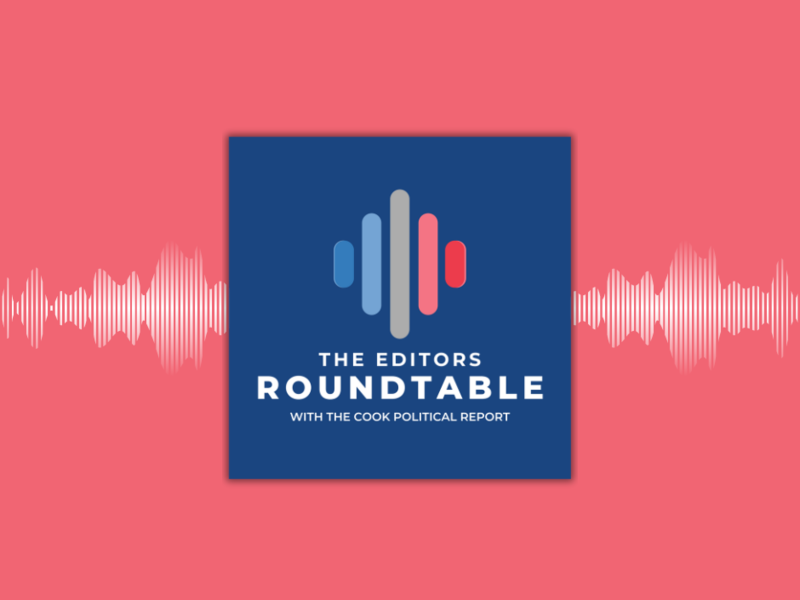
This article was originally published at FiveThirtyEight on October 25, 2016 It’s the morning after the election, and while half the country is waking up breathing a sigh of relief, another large share is disappointed, angry or even panicked. But what demographic voting patterns propelled the winner to victory? How did those patterns play out in the Electoral College map? And what does it mean for the future of American politics? We decided to take the Swing-O-Matic for a spin to sketch out a few scenarios, imagining how news stories on Nov. 9 will read. Which one will be closest to reality? We’ll find out in about two weeks. In the meantime, we invite you to share your thoughts or choose your own adventure to see how changes in turnout and party preference among different demographic groups may affect the outcome.
1. The Clinton landslideIn a staggering rejection of GOP presidential nominee Donald Trump, voters last night elected Hillary Clinton as the nation’s first female president, 53 percent to 41 percent — the widest margin in a presidential race









Subscribe Today
Our subscribers have first access to individual race pages for each House, Senate and Governors race, which will include race ratings (each race is rated on a seven-point scale) and a narrative analysis pertaining to that race.